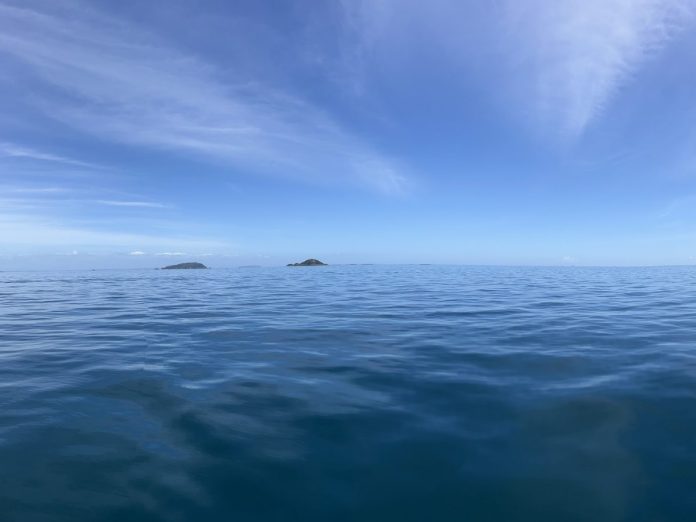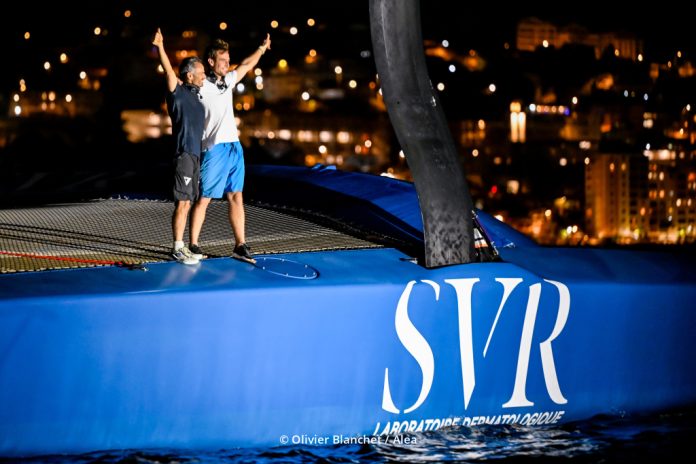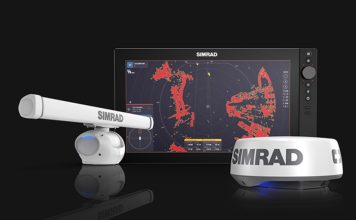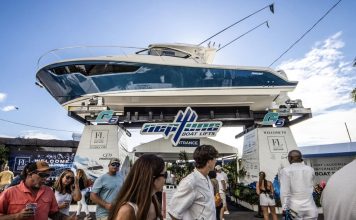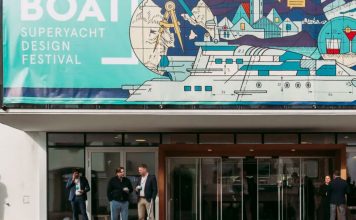Navigating a boat—especially in tight spaces like marinas or unfamiliar waterways—can be one of the most stressful parts of recreational boating. To help, several manufacturers now offer 360-degree vision systems that dramatically improve a skipper’s situational awareness. Garmin, Raymarine, Humminbird, and Eagle Marine are leading this space, offering through-hull and transducer-based technologies that display a bird’s-eye or underwater view of surroundings. These are smart, effective solutions—but a new AI-driven system developed by China’s Harbin Engineering University is pushing the boundaries further, creating a fundamentally different way of seeing at sea.
The innovation from Harbin Engineering University represents a conceptual leap forward. Rather than relying on cameras bolted to the boat or transducers swinging beneath it, their system uses a single panoramic camera combined with an AI-powered image processing platform to construct a dynamic, 3D model of the boat and its surroundings in real time.

Here’s how it differs from what’s currently available:
- Fewer cameras, real-time rendering: Instead of requiring multiple cameras for different angles, Harbin’s system uses a single panoramic camera combined with a real-time rendering engine. The software builds a constantly updated 3D map of the boat’s position relative to docks, vessels, and other hazards.
- Machine learning-driven adaptation: Unlike fixed-camera systems with preset parameters, the Harbin system uses machine learning algorithms to interpret visual data in changing conditions—daylight, shadows, surface reflections, and more. It learns as it operates, improving over time.
- Hardware-light and portable: Because it doesn’t rely on multiple through-hull or deck-mounted cameras, the system is lighter, easier to retrofit, and could potentially be made more cost-effective, especially for trailer boats or boats with limited installation space.
- Immersive control feedback: Rather than displaying static images or fixed camera views, Harbin’s system presents the user with a navigable, rotating 3D model from an overhead perspective. It responds to boat movement and surroundings in real time, much like a drone flying above the vessel—except there’s no drone.
- Broader application potential: Currently only prototypes for larger vessels, it has the very real potential of being suitable for smaller ones as well. The system could be adapted for use in autonomous navigation, coastguard vessels, and search and rescue, where rapid visual analysis in a constantly changing environment is crucial.
Still, the potential is clear. Instead of just stitching together camera feeds, the Harbin system seeks to understand what it’s seeing, and in doing so, opens the door to a new era of navigation support—one where your vessel is visualised in full context, updated second-by-second, and interpreted in ways that go far beyond today’s systems.
Camera and sonar-based 360-degree vision systems are already improving safety for recreational boaters. But Harbin Engineering University’s AI-driven solution shifts the conversation from seeing the water to understanding it. If it lives up to its promise in the commercialisation phase, it could usher in a major leap forward—not just for boaters, but for how we think about spatial awareness at sea. While Garmin and others offer robust solutions today, the future may well be driven by systems that learn, adapt, and predict—just like the Harbin system is designed to do.











